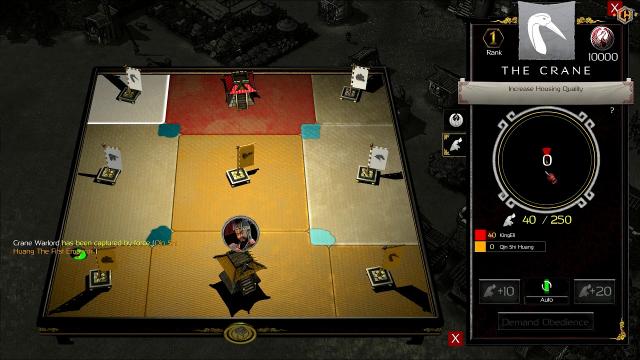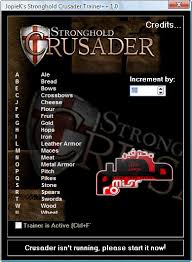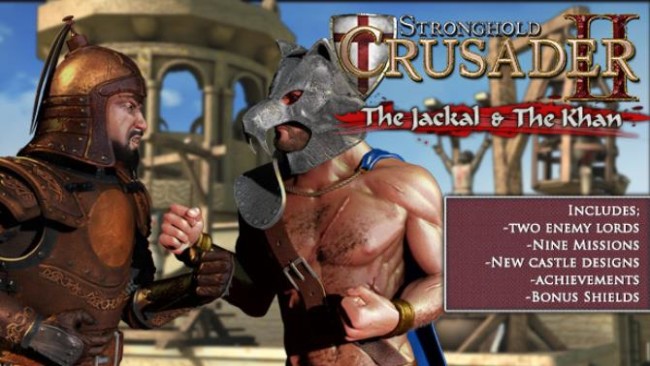
This is understandable, as the ally can use up these resources to recruit more soldiers, thus increasing the chance of the ally being helped out.Īs an ally, the AI itself will request goods from human players (AI players do not trade with each other), if a buying attempt of its fails. They will however, they will transfer as many goods as possible if they are requested to send when they are under siege. Some computer players will give all their goods they have, others may be stingy with it and only give food. The AI also has a preset limit for goods, above which they will hand out resources to an ally upon request.
#STRONGHOLD CRUSADER CHEATS TO KILL FREE#
They also sell surplus weapons to free up armoury space and make gold. They always buy in small quantities, however they buy in greater packages when they are making their last stand. This remains active until the AI has stabilized its popularity.īeside goods, most AIs that create units at the barracks (with the exception of the Marshal, Frederick, Abbot and Emir) also buy in weapons for the armoury to speed up recruitment. The lower limit is activated when the AI enters 'recovery' state. The AI's goods are also visible during the entire game, regardless of being allied or not with human. On the other hand, it takes one transaction about 1 second to complete for the AI. The AI can sell and buy varying quantities, including those that cannot be divided by 5 (unlike the human player, who has to trade by 5). By default, the upper limit is valid: the AI will wait for the resources to pile up then it immediately sells surplus resources as they come in. The AI has an upper limit and a lower limit for selling goods. They will not always produce the goods they use, but rather buy them (the Wolf buys in bows and Phillip buys in stone in spite of producing no bows and stone respectively). It will also call for help of its allies.Įach AI character has a pre-determined set of goods they can/will produce, use or trade. Soon enough, the AI will demolish all buildings that are worth gold and stone (apart from barracks), and if needed wood (apart from granary, marketplace and mercenary post) to gain even more gold. It also brings every unit home to defend the Lord, including those who may have just left the castle to take part in a siege. It immediately (and gradually) shuts down production, sells most goods and recruits as many troops as possible. Last stand: when there is a huge army approaching, the AI prepares for a final fight.If they have run out of gold, they will demolish all buildings that are worth gold and stone, and if very desperate, wood, to try and regain some gold. It sells most goods and keeps a low stockpile in order to rebuy food (or in the Wazir's case, wheat and/or flour) and it even hands out bribes until it has stabilized its popularity. Recovery: the AI uses this stance when it is very unpopular and needs to recover from this.The AI only recruits units for defense and counterattacks and it does not place any buildings. Since it spends much less money on goods and recruitment, it is the most economic state of the computer player. Idle: the AI sometimes has a brief pause periodically, but it can also use pre-determined pauses injected in the castle template file.

However they won't produce any troops for the keep during this period. While there is little to many units standing, this stance is active and the AI uses this time to recruit patrols and make them wander around friendly territory. This usually the weakest enemy or one directly facing them on the map.

These media are exclusive for RAD Tools Inc.


Castle templates: the Crusader AI uses external files for castle building and creating a base.
#STRONGHOLD CRUSADER CHEATS TO KILL CODE#
is programmed in the game and its code cannot be extracted nor modified, therefore it is not possible to be edited. Hard-coded behaviour: the AI's decision making, unit management, etc.5 Notable differences from human players.


 0 kommentar(er)
0 kommentar(er)
